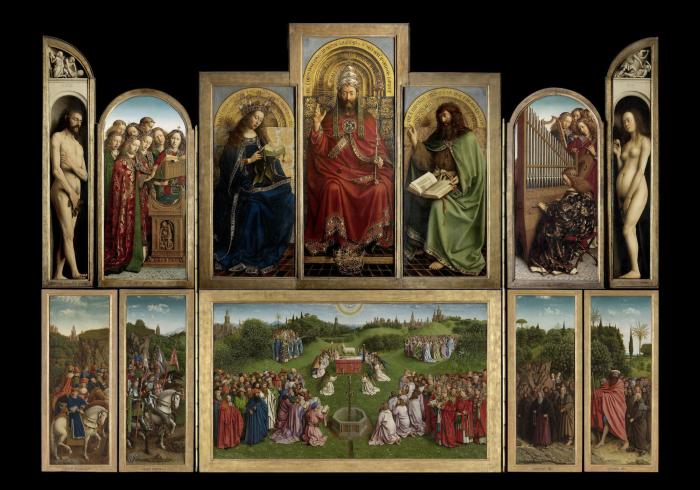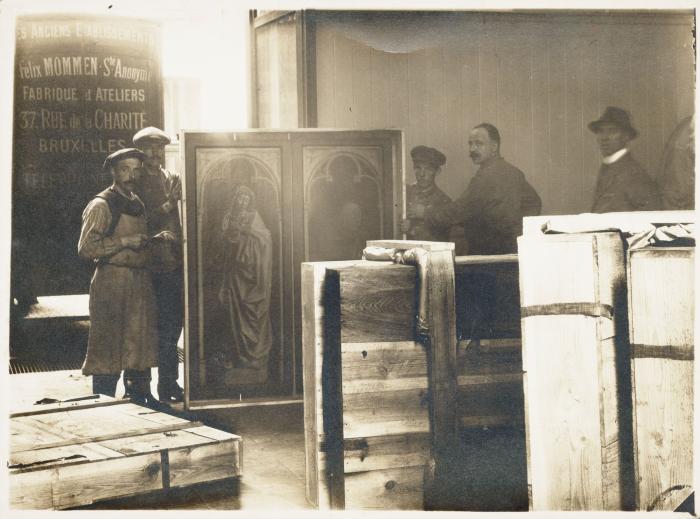
The Ghent altarpiece: on the run
The Ghent altarpiece: on the run
Art in Flanders offers a unique view on Flemish art and heritage collections, but there’s always more. For amateurs, historians and nosey enthusiasts, meemoo – the organization behind Art in Flanders – has different platforms, with different content. One of those platforms is News of the Great War.
On this platform, you can search Flemish newspapers from the Great War period. All text in the newspapers themselves is searchable, which means you can easily trace the war history of people, places … or works of art. During the war, a lot of art was moved, hidden or sent abroad to escape the clutches of the occupying forces. One of those pieces was the beloved Ghent Altarpiece.



